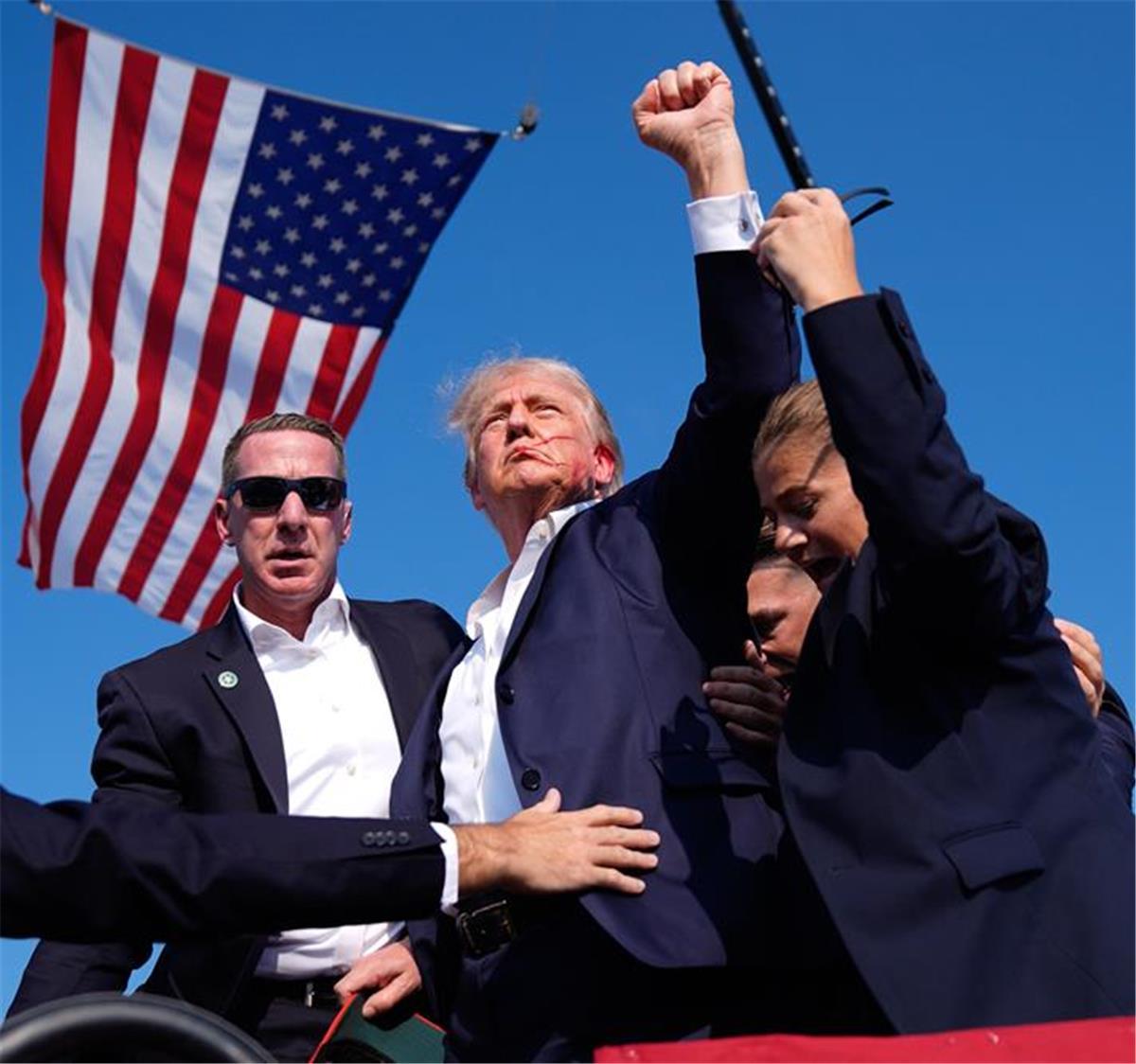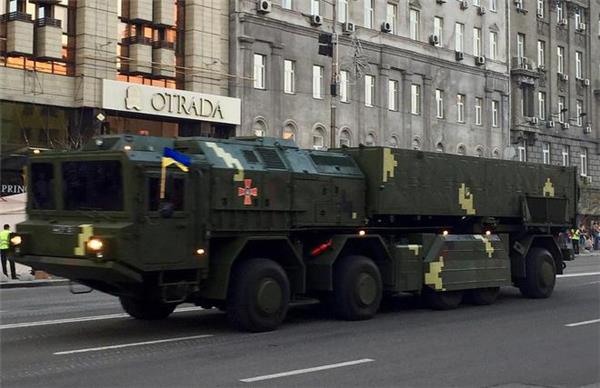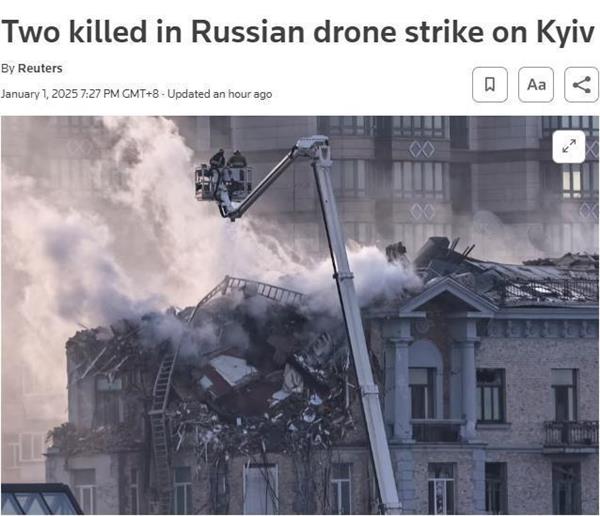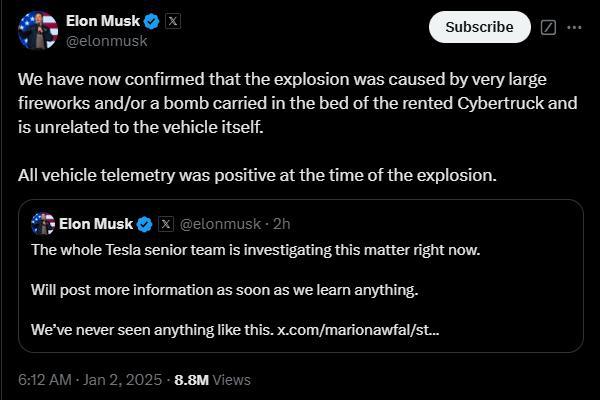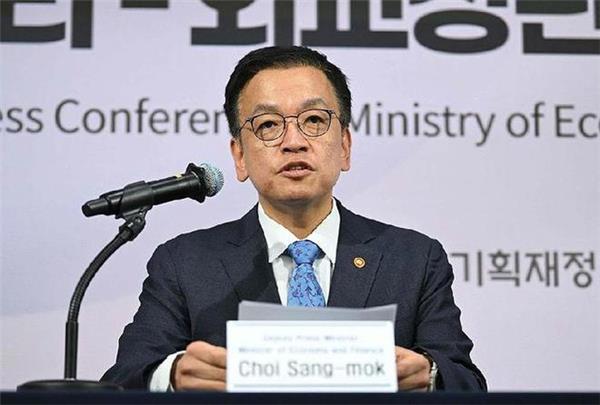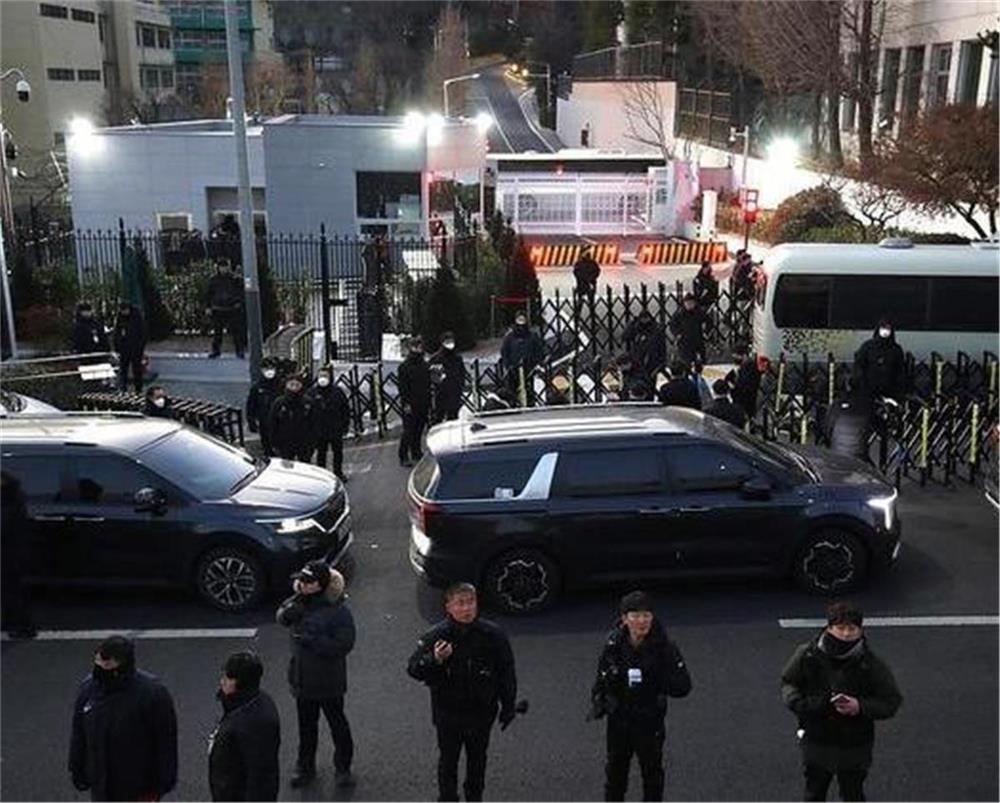After Jensen Huang's speech, Nvidia's stock price fell the most in a single day in four months
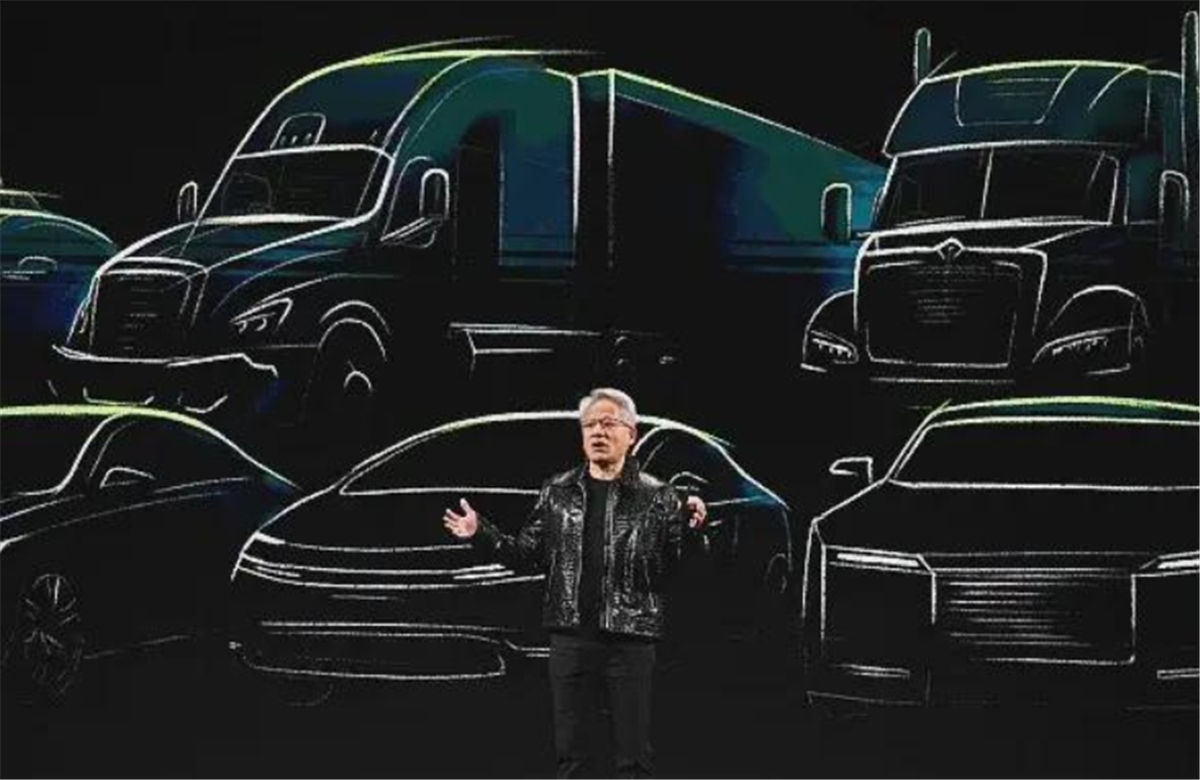
It was quite the show: on the evening of January 6 local time, Jensen Huang delivered an opening keynote that lasted over 90 minutes, during which he unveiled a series of highly anticipated new products for graphics cards, world models, autonomous driving, robots, and more.
The market had high expectations heading into the event as well. Nvidia's share price closed at a record high just before Huang gave his speech. Nvidia was valued at $366 billion.
But after the keynote, Nvidia's performance wasn't nearly as polished as Huang's black leather jacket. Nvidia closed at $140.14 on January 7, down 6.22 percent. Not only did it wipe out the 3.4 percent gains on Monday, but it also marked its biggest one-day loss in four months.
Some market analysts pointed to the fact that Jensen revealed relatively little about Nvidia's most profitable business — chips to train artificial-intelligence models — other than to say that its Blackwell AI processors were now "in full production." In particular, Jensen did not talk about the development of Nvidia's next-generation GPU platform Rubin, and that could have dashed investors' expectations.
Flagship graphics cards, super PCs, world models, cars... humanoid robots. To be frank, Huang touched on all of the hottest trends in industry today, and Nvidia's product lineup still failed to impress the market. So, what went wrong this time?
First, Nvidia may have been weighed down by the US market. On January 7, the US stock market fell across the board, as the Nasdaq Composite fell 1.89 percent, the S&P 500 index dropped 1.11 percent, and the Dow Jones fell 0.42 percent. Tesla and Amazon fell more than 4 percent and 2 percent respectively, as large-cap tech stocks also suffered across the board.
But the market believes that Nvidia was dragged down primarily by internal factors. Investors wanted to see Nvidia reveal more specific progress on both the expansion of Blackwell and the development of the next-generation GPU platform Rubin.
According to Chris Murphy, co-head of derivatives strategy at Susquehanna International Group, in the US market on Monday, about 200,000 Nvidia $140-strike calls expiring on January 17, and between 600,000 and 700,000 calls with January and February expiration dates between $159 and $165 were sold.
The analysis shows that although Nvidia's series of product launches impressed investors into believing that their long-term outlook is good, but in the short term, the rise was not enough to satisfy the bulls' hopes for a significant positive reaction.
What we could glean from Huang's speech was that Nvidia appears to be more focused on meeting the needs of 1 billion humanoid robots, 10 million automated factories, and 1.5 billion self-driving cars and trucks in the years to come.
Huang boasted that the world's largest carmaker Toyota will use Nvidia's Drive chips and software to build intelligent autonomous cars. Nvidia will collaborate with Toyota to jointly develop the next generation of self-driving cars. By fiscal 2026, he said the company expects its automotive business to expand to $5 billion.
Huang said the field of car AI chips was the next trillion-dollar opportunity. And he also revealed that its partner car manufacturers in China include BYD, Li Auto, Xiaomi, ZEEKR, and many others.
Unfortunately for Nvidia, the returns on investment of robots and autonomous vehicles won't be reflected in the company's sky-high valuation for some time.
The consensus in the AI industry is that the diffusion law (Scaling Law), which has been all the rage over the past year, will begin to slow in the second half of 2024, largely due to the limitation of data and the lack of more powerful compute power. That is widely seen by the market as a harbinger of Nvidia's re-rating.
OpenAI co-founder Ilya Sutskever was more outspoken about this in a recent interview with MIT Technology Review. "I am pretty sure that the return on continued investment in huge language models gets dramatically worse," he said. "We are facing new challenges on all sides."
Indeed, over the past half year, there have been a lot of rumors about Chinese players' shift in strategy, including the need to reduce investment in large-scale pretrained models. Recently, on January 8, at the Geektime conference in Beijing, one of the AI Six小龙 companies, 01.AI founder and former Sinovation Ventures CEO Kai-Fu Lee, went even further and directly said that the company was "no longer pursuing AGI."
In fact, Nvidia's trillion-dollar valuation over the past two years has been built on investors' high growth expectations for the AI industry. And to match the growth rate of the industry, Nvidia has also been accelerating its release cycle for GPU chips, from every two years to as frequent as every year. This time may have been too much too soon, as Nvidia failed to convince investors that the next generation of chips will deliver as much value as the previous one.
After the keynote event, some analysts remain bullish on Nvidia's future.
Hans Mosesmann, an analyst at Rosenblatt Securities, reiterated the firm's Buy rating on Nvidia and set a price target of $220, which is more than 47 percent higher than the price Nvidia closed at on Monday.
Daniel Ives from Wedbush was even more optimistic. Ives said Wall Street is still "30%+ (under) estimating" Nvidia's growth story and believes Huang "made the company's case that Nvidia is further extending its already massive (multi-year) lead."
"Simply put Nvidia stands at the epicenter as AI 2.0 goes mainstream and is now looking to be the main supplier of chips and software to the autonomous revolution," Ives said. "We continue to view this as one of the world's premier compound growth stories over the next decade and see Nvidia as the technology backbone of this revolution."
Ives added that if you look at the massive growth market for the robotics segment, as well as the automotive autonomous vehicle technology market, Nvidia has the opportunity to tap into another trillion-dollar increment in the next few years.
"We continue to believe that Nvidia is headed towards a $4 trillion valuation and a potentially $5 trillion market cap within the next 12 to 18 months," Ives wrote.
 Famous Persons
Famous Persons English
English
 Peter
Peter Facebook
Facebook Twitter
Twitter Pinterest
Pinterest Linkin
Linkin Email
Email Copy Link
Copy Link